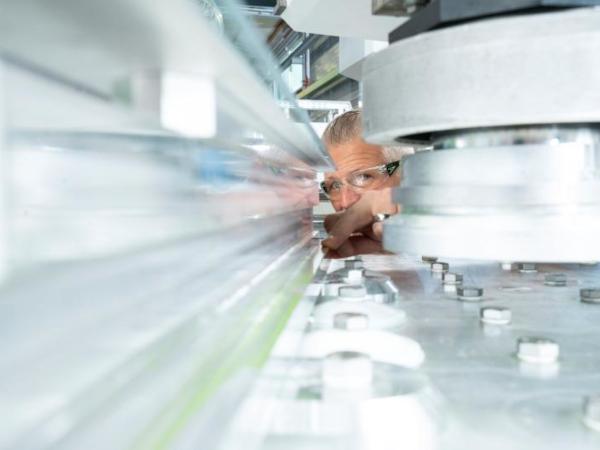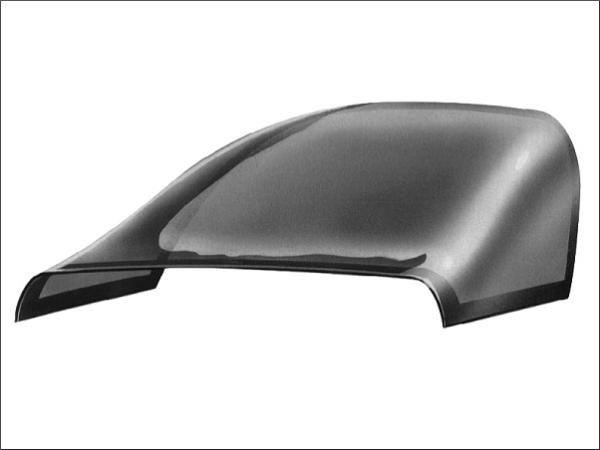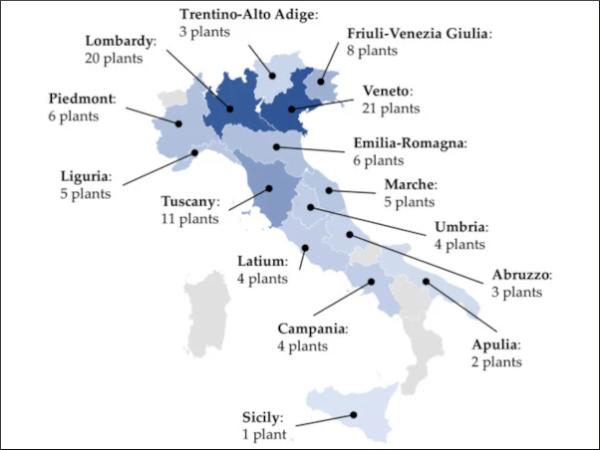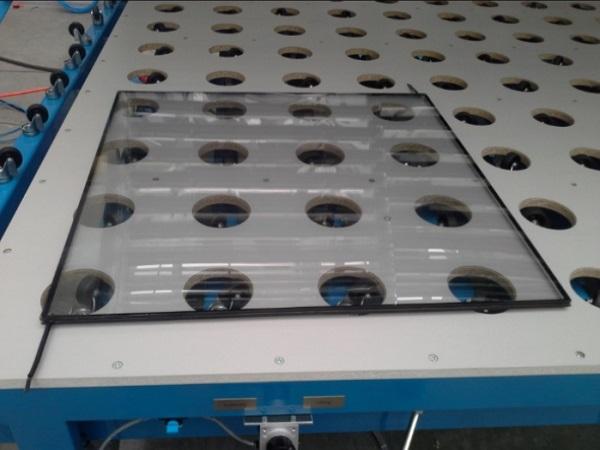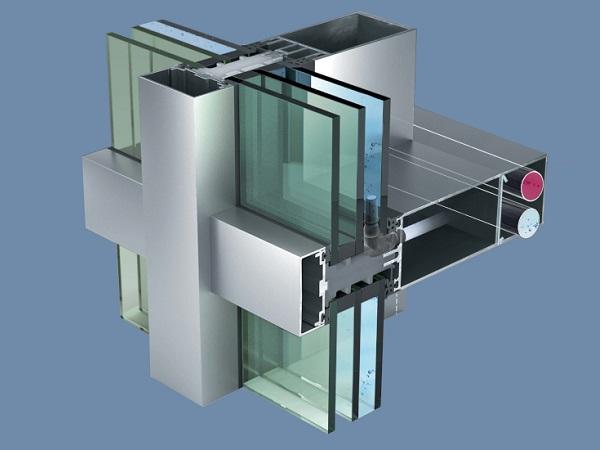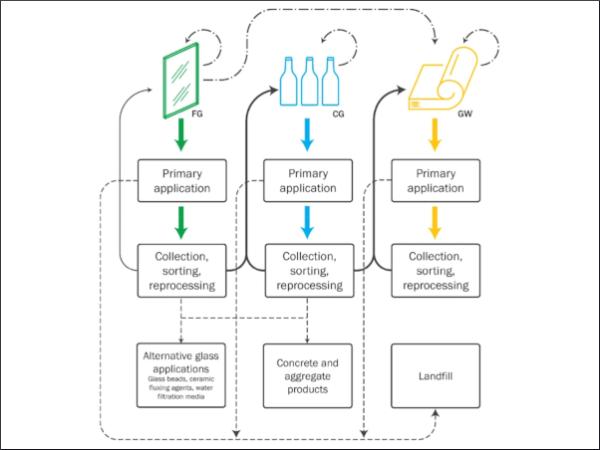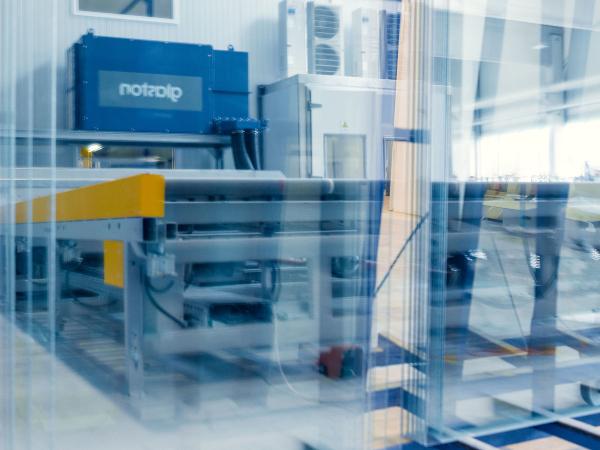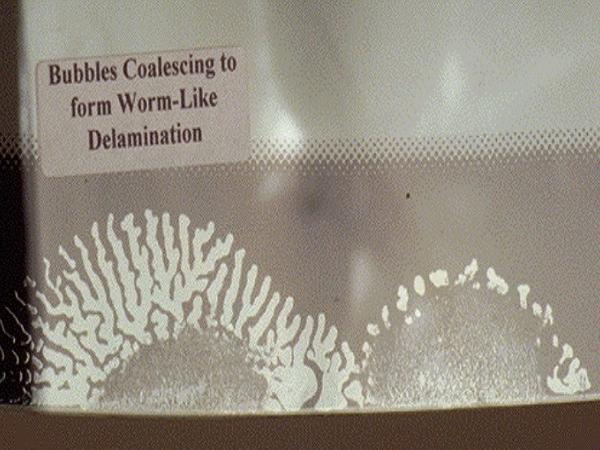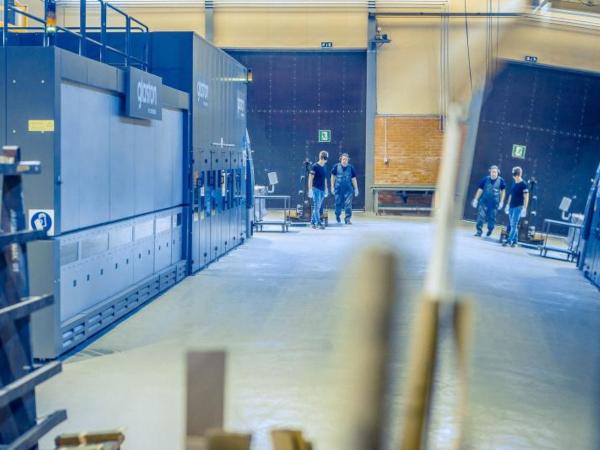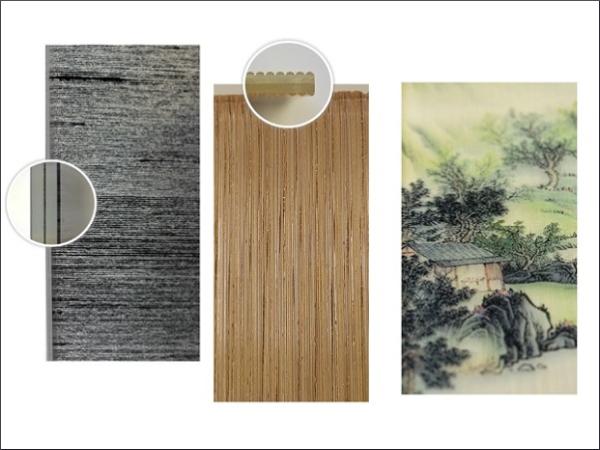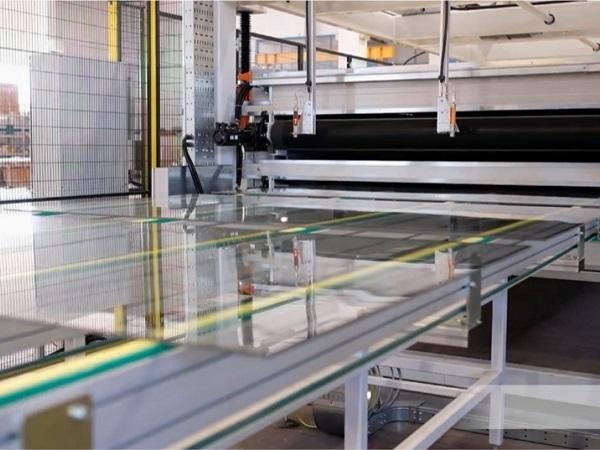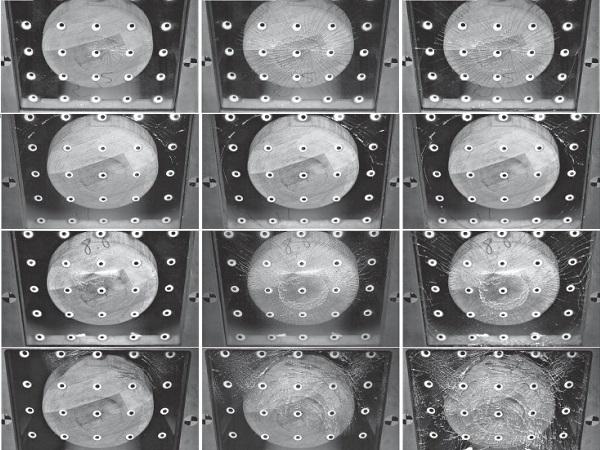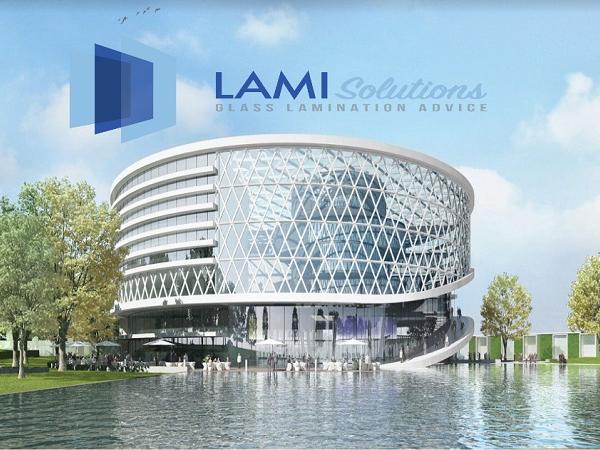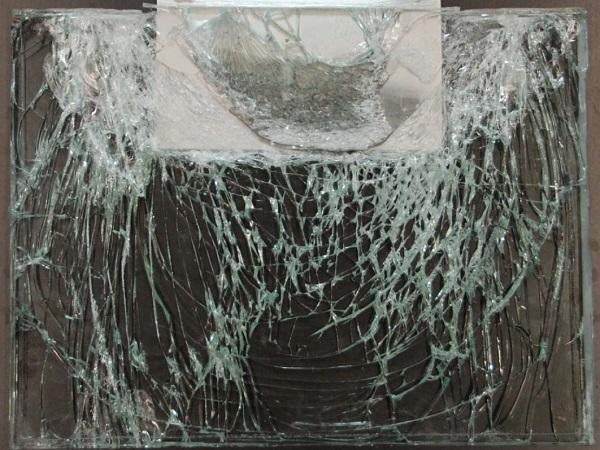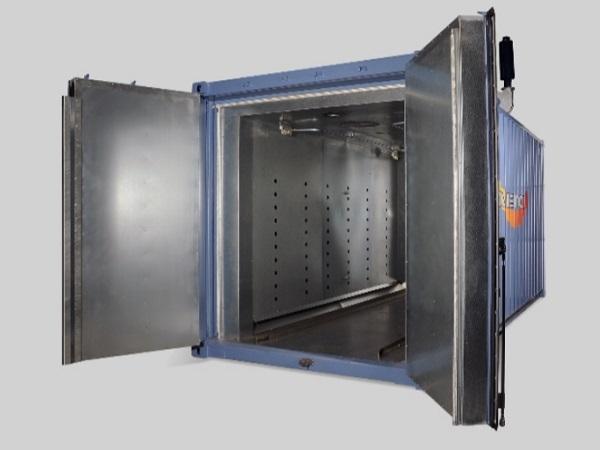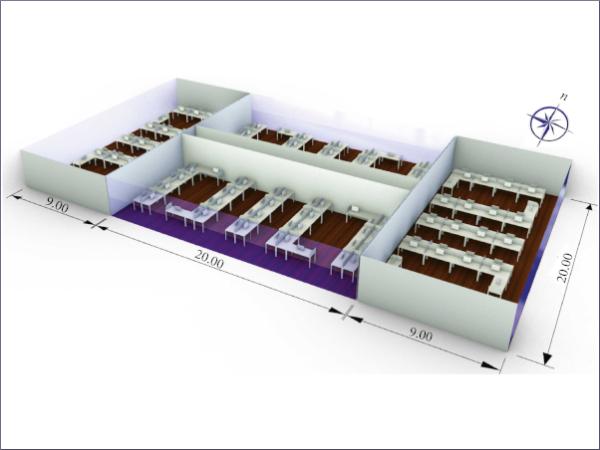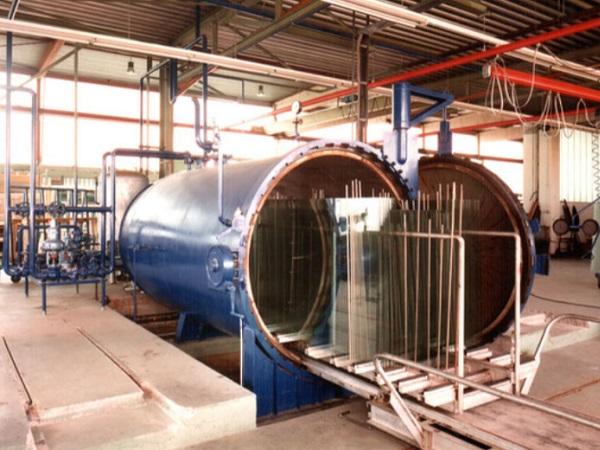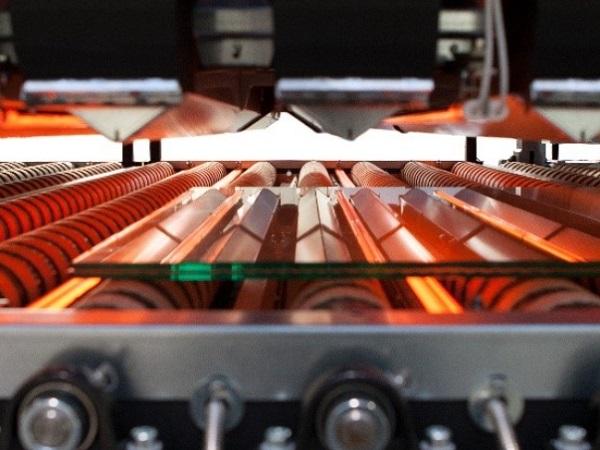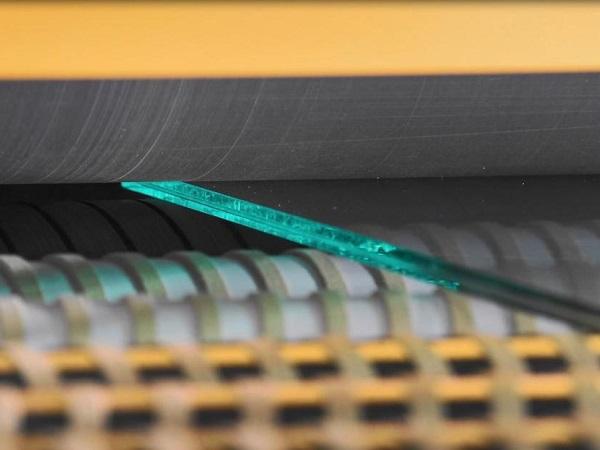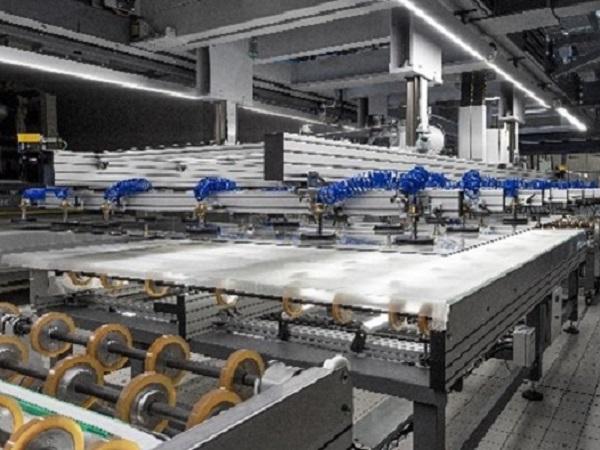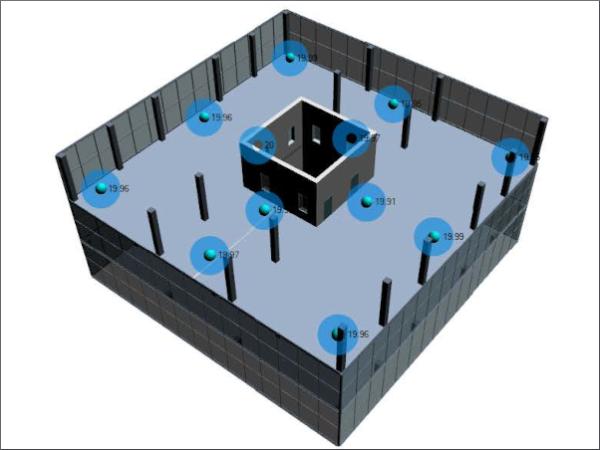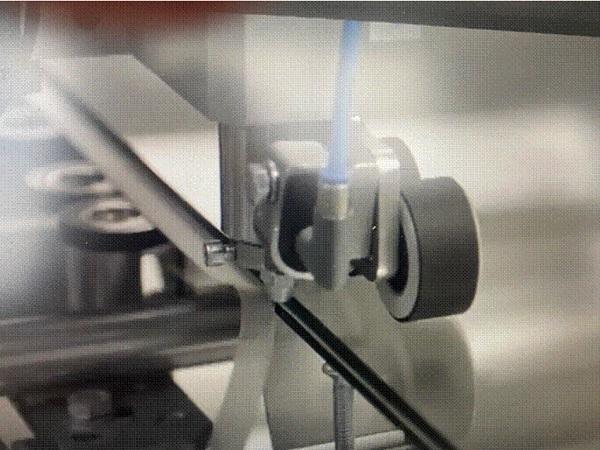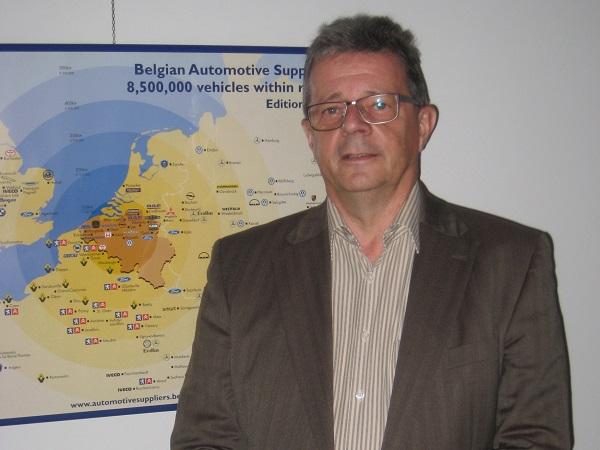Others also read
| In the latest Glastory blog, Jukka Immonen shares some practical tips for optimizing energy consumption in automotive glass production. From preprocessing to final inspection, there is huge potential every step of the way.
| Unlocking the potential of energy-saving solutions in the glass industry: a guide for Italian companies
| Unlocking the benefits of liquid interlayers for architectural glass lamination
| Water-filled building envelopes are hybrid constructions with a solid and a fluid component, typically a glass or steel shell filled with water.
| This study identifies the existing supply-chain inefficiencies in the UK glass industry in three stages.
| Gain multiple benefits with upgrades to the glass laminating furnace
| Most Common Defects on Laminated Glass during installation and root-causes.
| Read the latest Glastory blog by Taneli Ylinen.
| This paper offers an in-depth exploration of EVA-based encapsulants, which are widely used in the photovoltaic industry but also have potential for specific architectural glass applications.
| This text provides an overview of the PhotoVoltaic lamination process. It examines the differences between various types of laminators, and outlines the process flow for each. It also provides an example of a typical cycle time for EVA/POE lamination.
| The current study aims to determine the probabilistic fracture strength of glass plates exposed to arbitrary loading and loading rates by a proposed rate-dependent strength prediction model (SPM).
| This document provides an overview of the causes of sunburst delamination in laminated glass.
| The growing trend for transparency in contemporary architecture has fuelled the demand for load-bearing glass applications in the building industry.
| This text looks at the two systems of vertical and horizontal hot boxes, as well as the laminating cycles for PVB and EVA. It also compares the process to an autoclave PVB laminating process.
| Abatement of the high building energy is possible by employing semitransparent photovoltaic window which has triple point advantages as they control the admitted solar gain and daylight and generates benign electricity.
| In this text, we will discuss the advantages and disadvantages of single laminate and block autoclaving, suggested operational parameters, design of spacers, and the autoclave cycle.
| In this third episode of the #AskGlaston flat tempering series, Taneli Ylinen deals with the commonly asked question of how to handle the issues with mixed production.
| This text takes a look at the roller process of lamination. It explores different heating concepts such as convection, long wave and short wave IR radiation, and micro-waves, as well as the importance of the correct IR radiation.
| In this post, we discuss what emerging designs require and how automotive glass processors can meet these requirements.
| This Glastory blog by Kalle Kaijanen is dealing with the processing of high-strength / structural laminates.
| Laminating glass is a process that requires precision and safety. In order to ensure that the glass is laminated safely and to a high standard, special cleanroom requirements must be met. This includes air pressure, clothing, static charges, and cleaning protocols.
| A new BIM tool processing IEQ data input for building management and energetic optimizations
| When we look at glass lamination, there are 3 basic systems: Nip roller system, Vacuum bag system and Autoclave free system.
| In the next session(s), Luc would like to take you through the 3 glass lamination processes in detail, going from glass and PVB requirements to design concepts.

